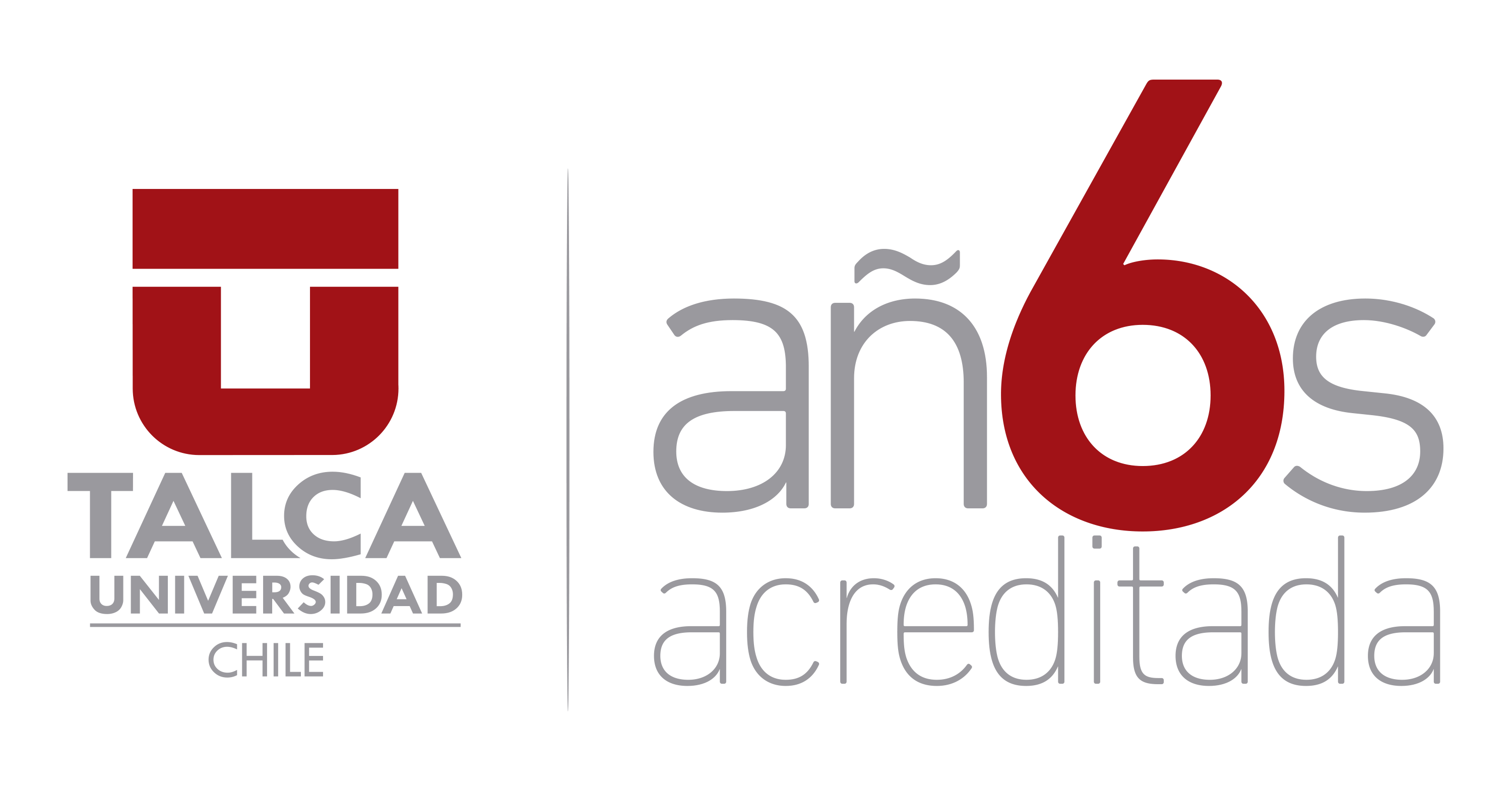When your federal figuratively speaking are located in standard, the federal government normally keep back your own federal taxation refund to settle their fund, known as tax garnishment
Government entities can also be keep back your federal taxation reimburse if you have defaulted in your government student education loans. Know how to avoid education loan tax garnishment. ( Shutterstock )
If you default on your federal student loans, you can run into some financial issues when it’s time to pay your taxes. Your loan holder can withhold some or all of your federal income tax refund to invest the education loan loans, also known as tax garnishment. Before you file your taxes, it’s important to deal with your loans that are in default.
The following is particular additional understanding of just what student loan income tax garnishment is actually, how it functions, and the ways to end student loan taxation garnishment.
If you’re thinking about refinancing your student loans to avoid going into default, visit Credible to learn more about student loan refinancing and to visit your prequalified cost from private student loan lenders.
- What is education loan tax garnishment?
- How to prevent education loan tax garnishment
- When will education loan standard end in the taxation reimburse become garnished?
- What the results are if you feel you gotten a tax offset see in error?
What exactly is student loan income tax garnishment?
For those who have government college loans when you look at the standard, the loan manager can be garnish your government tax refund. Consequently when you file the taxation, the us government takes the refund thereby applying it to your your government student loan obligations.
Individual student loan loan providers cannot garnish your income tax reimburse. But when you default on your own private funds, the financial institution is also garnish your investment returns if this sues you inside court and get a view.
Below government rules close the fresh line of expenses, the latest Agencies from Degree normally request that the You.S. Agencies of Treasury withhold funds from their federal or state tax refunds, and additionally Societal Safety costs and other government repayments. It tax reimburse withholding is called a great Treasury counterbalance.
Just before a Treasury counterbalance can start, the fresh new Agency of the Fiscal Solution need certainly to posting a notice of purpose in order to counterbalance letter for your requirements 65 months till the counterbalance is scheduled. While you could possibly get receive only 1 notice, this new taxation garnishment continues up until you happen to be don’t inside the default otherwise pay the government student loan financial obligation.
Tax refunds during the COVID-19
To aid bring rescue inside COVID-19 pandemic, government entities paused education loan money and you can stuff to the federal student loans for the default due to .
The federal government and additionally would not keep back income tax refunds towards the qualified federal college loans inside standard. When you yourself have these types of federal college loans within the default, these are generally qualified to receive COVID-19 disaster relief:
- Head Financing
- Government Nearest and dearest Student loan (FFEL) Program fund
- Government Perkins Financing kept of the Service out of Studies
- Repair funds
Treasury offsets will continue to be paused to possess six months pursuing the scholar loan commission pause ends within proceeded COVID-19 monetary relief operate. This means in the event the funds qualify, you’ll not have money withheld payday loans online in Pennsylvania from your taxation refund in that time.
How to prevent student loan tax garnishment
If you wish to avoid student loan income tax garnishment, below are a few possibilities that will help you prevent defaulting otherwise get out of loan default:
- Federal consolidation – If you’ve defaulted on a federal student loan, you can consolidate all your federal student loan debt into one Direct Consolidation Loan. After consolidation, you’ll have only one new loan to repay. You’ll need to agree to repay the new Direct Consolidation Loan under an income-driven repayment plan, or you can make three consecutive, in-full monthly payments on the defaulted loan before consolidating it if you want to be considered out of default. With federal student loan consolidation, your interest rate will be a weighted average of the interest rates on your existing loans, so your new rate may or may not be lower.
